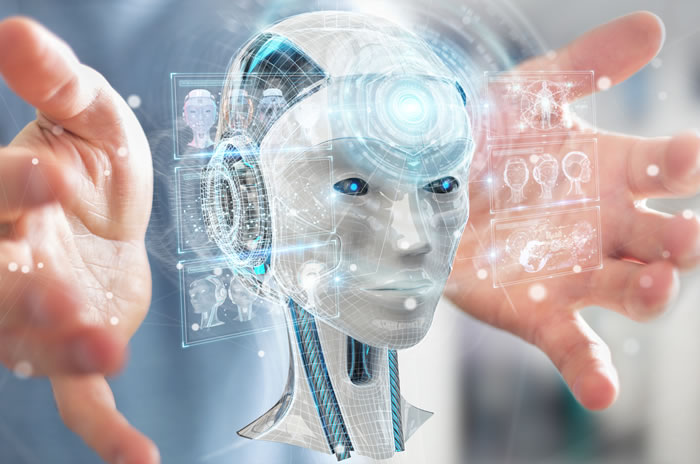In the ever-evolving world of finance, the ability to accurately predict credit defaults is crucial. With the advent of AI for predicting credit defaults, financial institutions are now better equipped to manage risks and make informed lending decisions. By leveraging advanced algorithms and machine learning techniques, AI has revolutionized the way we assess creditworthiness.
The incorporation of AI in predicting credit defaults is not just a trend but a necessity. As financial markets grow increasingly complex, traditional methods of credit risk assessment fall short. AI offers a more nuanced, data-driven approach that enhances accuracy and efficiency.

Understanding Credit Defaults
Before delving into how AI assists in predicting credit defaults, it’s essential to understand what credit defaults actually are. A credit default occurs when a borrower fails to meet the legal obligations of a debt, typically failing to make the required payments.
The Impact of Credit Defaults
Credit defaults can have a significant impact on financial institutions, affecting their liquidity and profitability. Defaults can lead to increased costs for risk management and can ultimately affect the institution’s reputation and stock value.
Traditional Methods vs AI-Driven Approaches
Traditionally, credit risk assessment relied heavily on historical data and financial ratios. These methods, while useful, often lack the agility to adapt to rapidly changing financial landscapes. This is where AI comes into play.
Limitations of Traditional Methods
Traditional methods are often static and reactive. They rely on models that may not account for external factors, such as economic downturns or sudden market changes. This can lead to inaccurate predictions and increased risk.
AI’s Advantages
AI introduces dynamic and predictive models that can analyze vast amounts of data in real-time. This allows financial institutions to anticipate potential defaults before they occur, enabling proactive risk management.
How AI Predicts Credit Defaults
The process of using AI to predict credit defaults involves several key components. These include data collection, data processing, model training, and continuous monitoring.
Data Collection
AI systems gather data from a variety of sources, including credit reports, transaction histories, and even social media activity. This comprehensive dataset provides a holistic view of a borrower’s financial behavior.
Data Processing and Model Training
Once the data is collected, it is processed and used to train predictive models. Machine learning algorithms identify patterns and correlations that may indicate a higher risk of default. This process is continually refined to improve accuracy.
Applications of AI in Credit Risk Management
The use of AI in credit risk management extends beyond just predicting defaults. It also plays a crucial role in other aspects of financial operations.
Fraud Detection
AI’s ability to analyze large datasets in real-time makes it an invaluable tool for detecting fraudulent activities. By identifying anomalies and suspicious patterns, AI can prevent fraud before it occurs.
Portfolio Management
AI aids in optimizing portfolios by assessing the risk associated with different assets. This enables financial institutions to make informed decisions and reduce exposure to risky investments.
The Future of AI in Credit Risk Assessment
As AI technology continues to advance, its role in credit risk assessment will only grow. Future developments may include more sophisticated algorithms and increased integration with other financial technologies.
Challenges and Considerations
While the benefits of AI are clear, there are also challenges to consider. These include data privacy concerns, the need for regulatory compliance, and the potential for algorithmic bias.
To learn more about the integration of AI in financial systems, you can check out this comprehensive report by BIS. Additionally, explore the applications of AI in regulatory reporting here.
Conclusion
The integration of AI for predicting credit defaults marks a significant step forward in financial risk management. By harnessing the power of advanced analytics and machine learning, financial institutions can better navigate the complexities of today’s markets. As AI technology evolves, its capacity to enhance credit risk assessment will undoubtedly continue to expand.

FAQs
How does AI improve credit risk assessment?
AI improves credit risk assessment by providing real-time data analysis, identifying patterns that indicate potential defaults, and allowing for proactive risk management.
What are the challenges of using AI in finance?
Challenges include data privacy issues, regulatory compliance, and the potential for algorithmic bias.
Can AI completely replace traditional credit risk methods?
While AI offers significant advantages, it complements rather than completely replaces traditional methods. A hybrid approach often yields the best results.





